
Бесплатный фрагмент - Abkhazia in legends
Dedication
To Alana, Osman and Camila,
my dear grandchildren
“Abkhazia’s wonderful nature couldn’t but become a source of inspiration to invent wonderful legends by its wonderful people”
Lina Belyarova
Abkhazian legend of how God divided up lands among nations
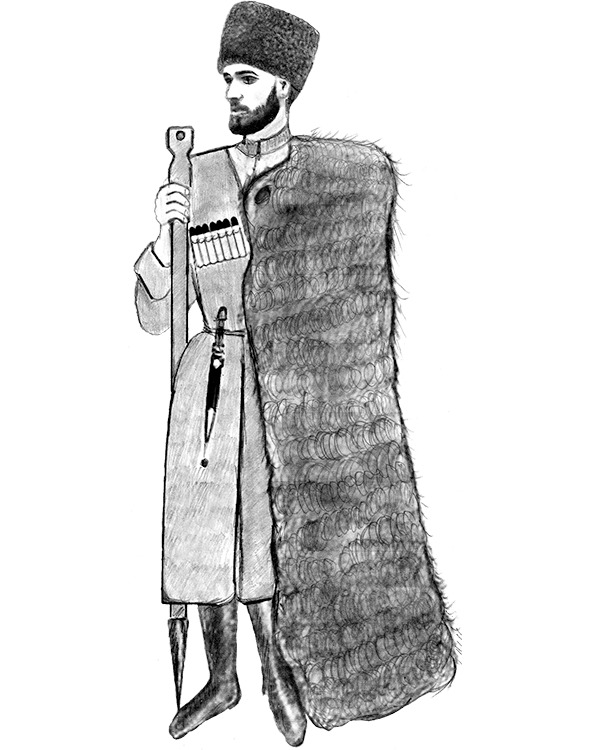
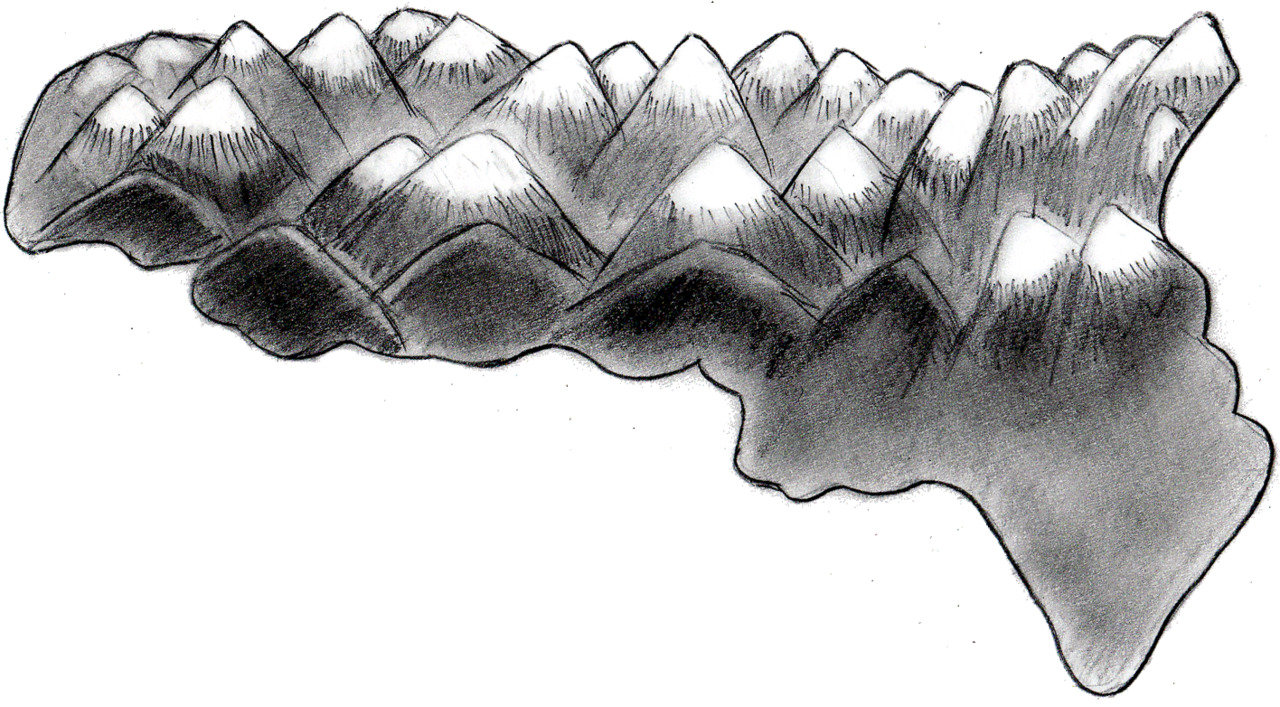
Abkhazia is a land of ancient civilisations, ecological tourism, and intensive subtropical agriculture. The Abkhazians (also called the Abkhaz) refer to their homeland as “Apsny”, meaning according to folk-etymology the “land of the soul”. It is a beautiful and hospitable land. Abkhazia is also the land of myths and legends.
One of the most popular legends goes as follows: “God called on nations from all over the world and began to share out forests, valleys, and meadows among them. An Abkhaz (a messenger from the Abkhazian folk) appeared before God later than the others did that day. God told the Abkhaz that He had already assigned everything except for seas and wildernesses and decided to find out the cause of the Abkhaz’s delay. The Abkhaz replied that he couldn’t come, for he had been entertaining a guest that day and added that a guest was always sacred to his folk. God favoured the hospitable Abkhaz and gifted him a paradise-like land that He had been keeping for himself. God willed that that land of joy to be called Abkhazia in honour of the Abkhaz and that the people of Abkhazia should live and labour on that land”
Ethnogenetic legends
The legends of the Atsans, a race of dwarfs, and of the Narts, mighty heroes, are the best known in Abkhazia. The Narts replaced the Atsans. These two human races are thought to have been the most ancient to have inhabited Abkhazia.
There is also a legend about the wood-dwelling folk (abna-waa). They are portrayed as extremely savage human beings who dwelt in Abkhazia’s thick virgin forests. The Abava Gorge is said to have been such a dwelling place for those wild people, who lived by hunting. According to legend, those wicked and frightful human beings used to wear animal skins, and an axe, always hanging from a chain around their neck, served them as a weapon in their fight against their enemies.
According to another legend, a tribe of mighty giant-ogres dwelt in the Bzyb Gorge in early times. Each of those giants had as many as seven heads over his shoulders and only one eye on his forehead. For a long period they thieved on the land, striking fear into the villagers. Fortunately, the Narts, mighty heroes, came along and succeeded in conquering them.
One of the Nart epic tales describes the campaign of the Narts to the land of the Blackamoors. Later, the Narts returned to their ancestral land together with them. A smaller number of those Blackamoors have remained in Abkhazia.
Abkhazians have preserved to the present day legends dealing also with their origins in Asia Minor or Egypt.
Myth of the Atsan dwarfs
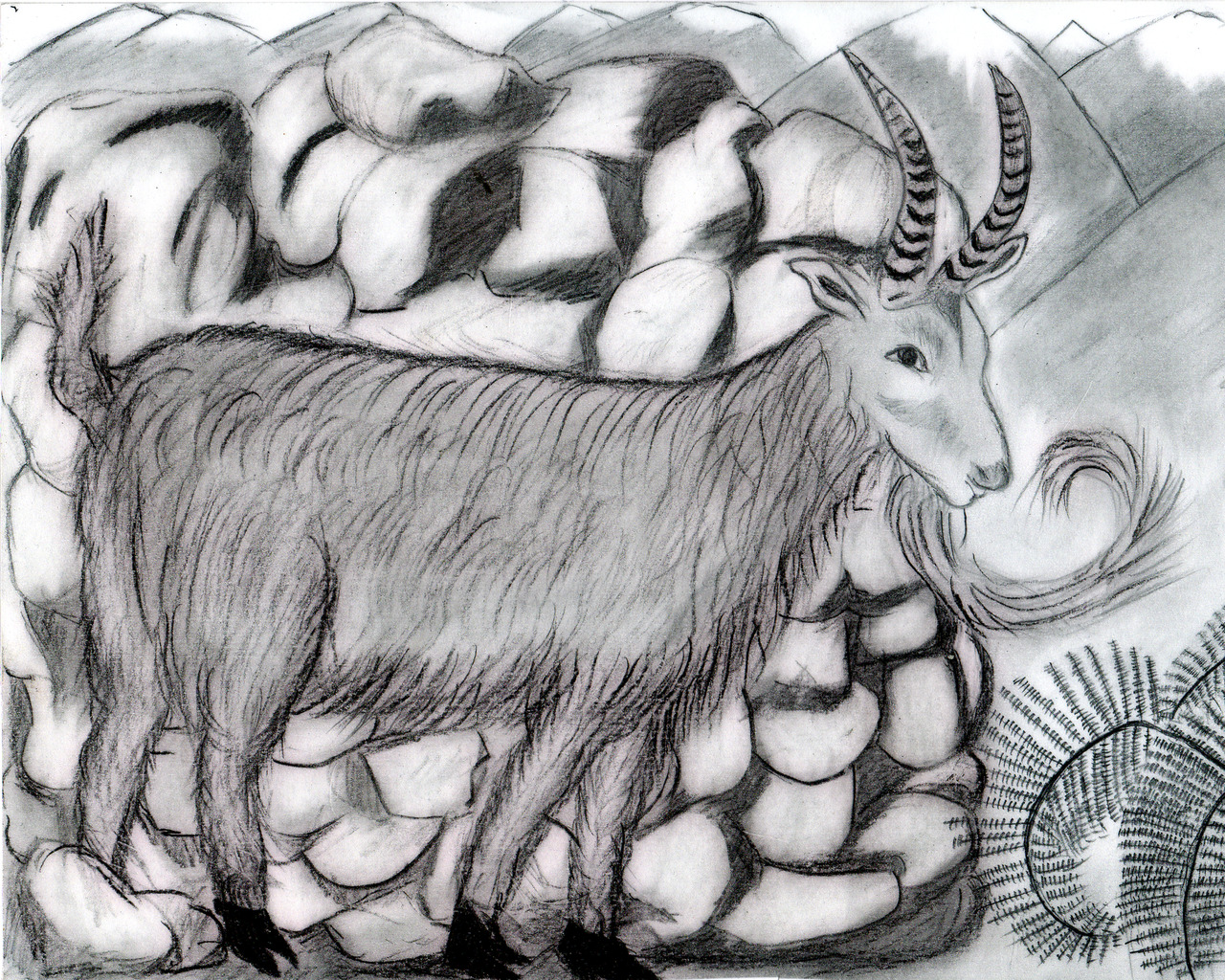
Abkhazians tell of the time when the entire Abkhazian sea-coast was buried under water. People inhabited only the high mountains of the area. The earliest settlers of the mountain-parts of Abkhazia were little human beings, the dwarfish Atsans. The tribal group of Atsan dwarfs lived by hunting wild animals and sheep-breeding. They were notable for their courage and bravery, but gradually came to be very proud, freedom-loving and impious folk. God decided to punish the Atsans because of their wrong-doings aided by the youth whom, as an infant, He had once sent to the Atsans in a golden cradle for them to rear. From the youth God discovered what the Atsans feared most of all in the world.
One day, as the Atsans were sitting by their stone-circles, the 300 year-old father of the Atsans saw a goat standing nearby whose goatee beard was waving because of the wind that God had sent to the land of the Atsans for the very first time… All of a sudden, the sky became overcast and dark clouds obscured the sun from the Atsans… The Earth sensed God’s threatening punishment and decided to rescue the Atsans from imminent danger by forming huge shelters and caves for them. But God became angry with the Earth for that and, in revenge, He pierced her body with a huge dagger. The wounded Earth begged the Atsans to draw the dagger out of her body, but the wilful Atsans ignored her pleas… Soon afterwards, woolly flocks began falling down from the sky that covered the ground like snow. In the end, God sent fire to the Earth and all the cotton flocks together with those impious Atsans were set on fire. Ever since, the Earth is said to have been left with the dagger still in her chest which God had once thrust into her for her desperate attempt to rescue the Atsans.
Legend about how Noah built the ark to save mankind from the flood
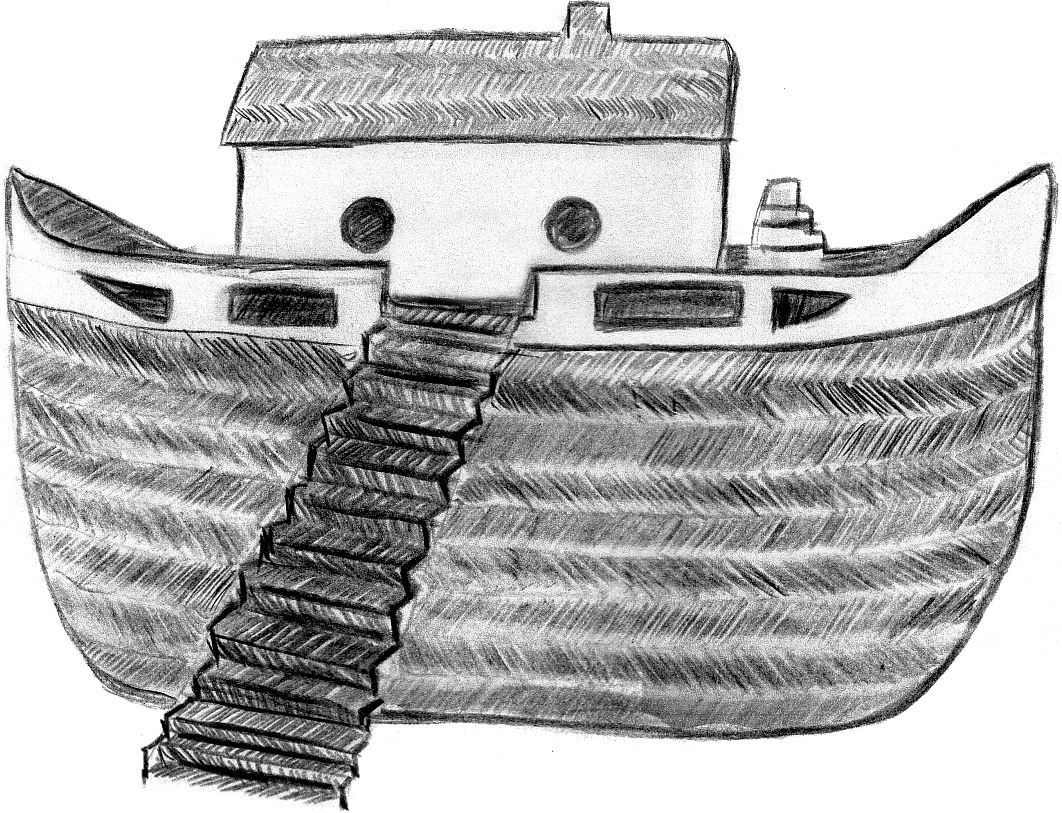
In mythology of some cultures the worldwide deluge of the Great Flood is “God’s punishment” set upon mankind and all alive on the Earth. In the Bible, Prophet Noah, his family, and a pair of every animal were saved from the Flood in the ark.
According to the Abkhazian legends, having foreseen a forthcoming flood, Prophet Noah (Paigambar) decided to build an ark (azandal). Noah asked Adau the Giant to fetch some logs from the wood while he himself was cooking mamalyga (porridge) with millet flour. So off Adau went to the wood and there he pulled out trees with the roots. Some trees he stowed away in his waist belt, others he stowed away in his top-boots, and the biggest ones he flung over his shoulders and was ready to carry them away. Suddenly the Devil appeared in front of him pretending to be a well-wisher. The Devil tried to prevent Adau from doing his job assuring the giant that the Prophet was fooling him by cooking such a small cauldron of mamalyga for him that wouldn’t be enough even for a mere man. On hearing this, Adau shrugged off the trees from his shoulders at once and came to Noah to show him his anger accusing the Prophet in cooking little porridge. Nоah put the cauldron in front of the Giant and began treating him.
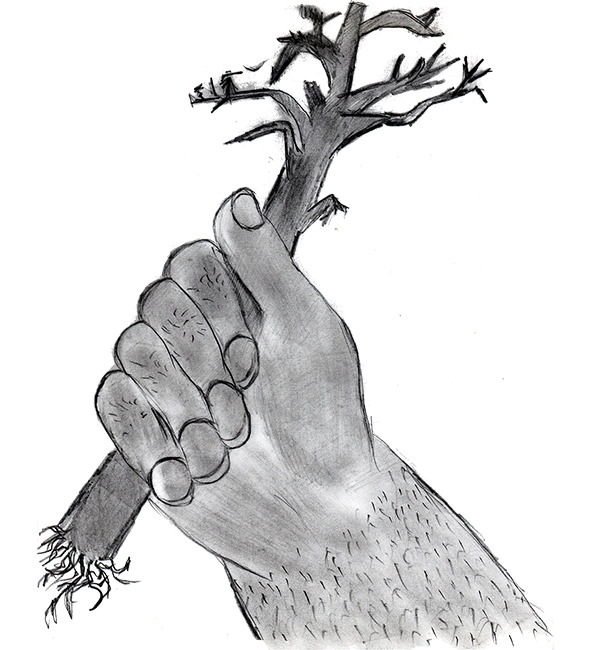
No matter how much Adau ate, yet the cauldron remained full. In return for treating him with mamalyga Noah asked the Giant to give the remaining trees stowed away in his waist belt and in his top-boots and built the ark to save mankind from destruction by a flood.

The Abkhazian Nart epic family
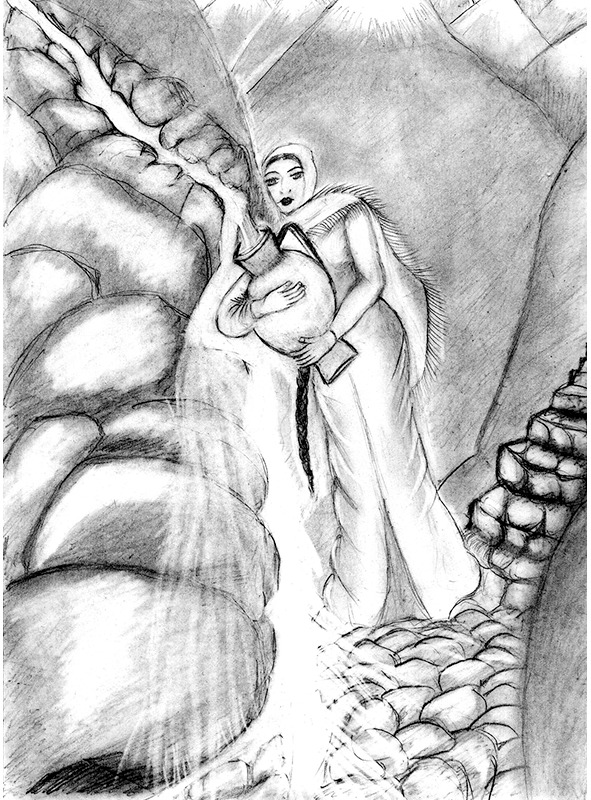
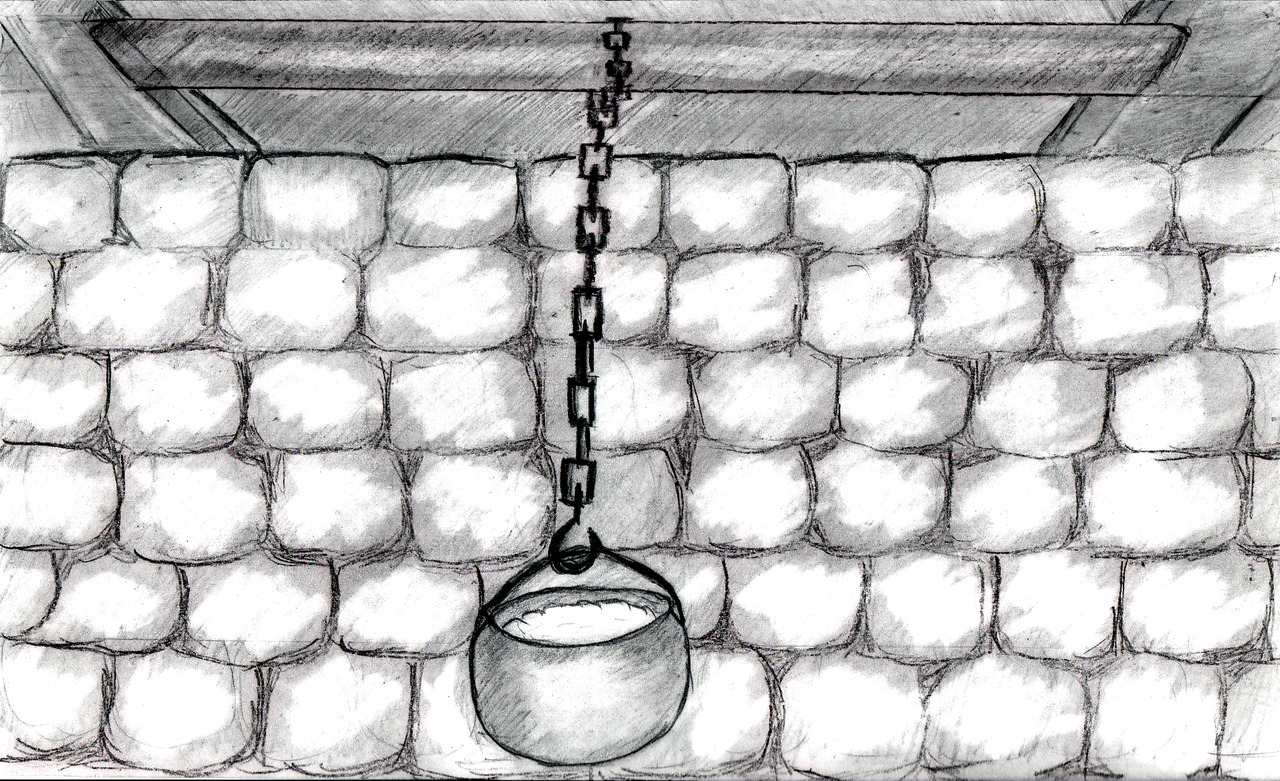
The way of life, mentality, morals, customs, and religious practices of different ethnic groups of the Caucasus (including the Abkhazians) have found reflection in the ancient Caucasian Nart epic. The background of the Nart epic has been traced to the pre-literate Heroic Age of the Caucasian people. Archaeological evidence confirms the date of the core of the Caucasian Nart epic to be circa 800–700 BC.
The Abkhazian Nart epic family consists of the mother Satanay Gwasha, her 99 sons and an only daughter Gunda the Beautiful, who live in a huge home built of stone and copper. During their campaigns the Narts dwell in caves. In the middle of the Nart house, a huge copper cauldron hangs from the ceiling-beam over the fire in the hearth. The Narts have a long bench capable of accommodating all of them at a single sitting.
Satanay Gwasha is the central figure of the Abkhazian epic tales. She is an ageless, mighty giantess of striking beauty, progenitrix of the whole nation, a wise and independent woman, possessing the gift of foresight. Satanay cares for her 100 children, especially for Sasryqwa, the youngest and best-loved son.
About the Apswara and religion
A code of etiquette known as “Apswara” which includes traditions respecting age, hospitality, eloquence, bravery is instilled in the Abkhazians along with their mothers’ milk and handed down from parents to offspring generation by generation. The word Apswara means “to be Abkhazian”.
The etiquette and norms of behaviour reflected in the Nart epic have long become established and deeply ingrained. The Nart epic tales also tell of the etiquette of the table followed by the Narts: “The Narts would come into their house one by one following the order of seniority. Then, they would take their seats at the table and make a toast to their mother, praising her to the skies. Meanwhile, the younger brothers would serve the elder ones at table…”.
Although the Abkhazians are divided into Christians and Moslems, there is no religious antagonism among them. The culture of religious tolerance is traditional. Even after the adoption of Christianity or Islam, almost all the Abkhazians have also kept alive their old traditional (pagan) faith, which has been the most widely practised religion in the community since ancient times.
One of the Nart epic tales narrates how Satanay Gwasha, the Mother of the Narts, aided by her gift of foresight, found out that her sons had got into trouble. Having raised her hands to the sky, and turning to Shashyu, the Blacksmith’s patron, pleaded with him for protection: “Oh, Almighty Shashyu, let my sons come back home alive and unharmed! I am obligated before You to light a hundred candles in the Land of Heaven and raise hundreds of sheep for sacrifice”. On hearing Satanay Gwasha’s pleas, Shashyu drew the sides at war apart.
Legend of Satanay Gwasha’s spindle
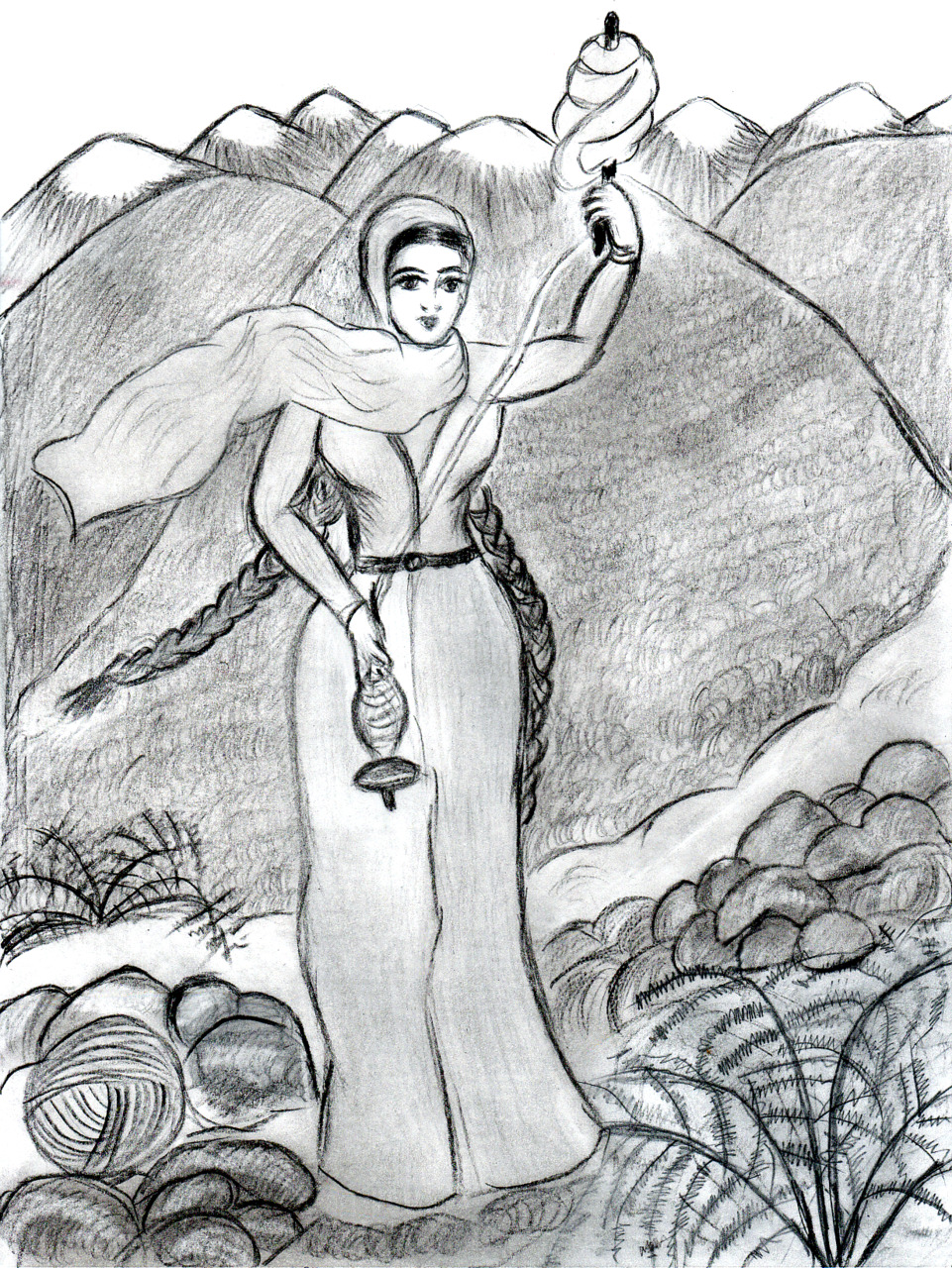
In the mythology of many cultures of the world, the spindle is an attribute of the Great mother who spins the thread of fate inside the Stone mountain or at the foot of the World tree. The spindle and all actions connected with spinning and sewing are symbols of life and continuity of time. On the other hand, the whirling spindle can be identified with the axis of the universe. The spindle acts also as a handicraft attribute of Satanay Gwasha, the mother of the Abkhazian Nart epic family consisting of 99 sons and one daughter who lived in the Caucasus Mountains. One of the Nart legends tells of Satanay-Gwasha who after awaking up early one morning, decided to spin yarn from the wool of six thousand sheep, and from that yarn she was going to weave cloth and tailor warm clothes for her ninety nine sons and one daughter. Before being engaged in handiwork, Satanay went to the wood and chose among the trees a straight one without boughs. She uprooted the tree and turned it into a spindle shaft. Then she chose a big rock and turned that rock into a whorl. Satanay attached the whorl to the thin end of the spindle for stability and the spindle started rotating in her hands. Holding the distaff in her left hand and the spindle from the huge tree attached with the stone whorl in her right hand, Satanay spun the wool of six thousand sheep on the first day. On the second day, she weaved the cloth from the yarn that she had spun from the wool of six thousand sheep. On the third day, she tailored clothes for her hundred children from the cloth that she had weaved from the yarn that she had spun from the wool of six thousand sheep. Thus Satanay Guasha, a caring mother and a craftswoman, was working at spinning, weaving, tailoring within three days and nights. Her work at spinning and weaving caused mighty rumble in the mountain gorges and shuddering of her huge house built of stone.
Legend about Gunda the Beautiful
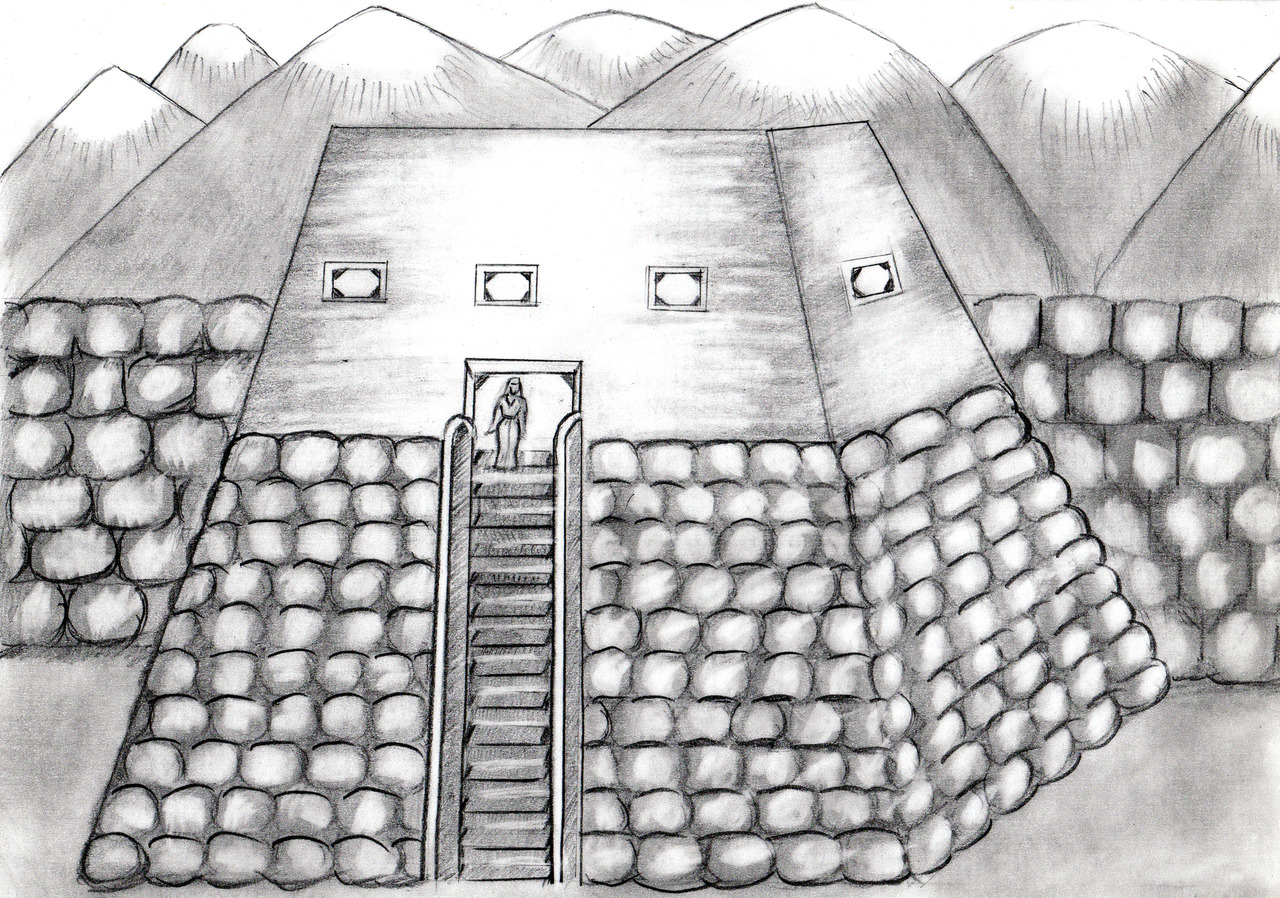
Gunda was the only sister of the 99 Nart brothers. She lived shining and glittering through night and day in a wonderful mirror like palace of a fortress. Gunda fed on only tender brains of high mountain-game.
Once when the Narts were absent on campaign, their jealous and cunning wives put a golden ring in Gunda’s food, hoping to get rid of her. Gunda, having swallowed the ring, fainted and was thrown into a dark cave. The cave began shining brilliantly, attracting the attention of a young prince who was hunting thereabouts.
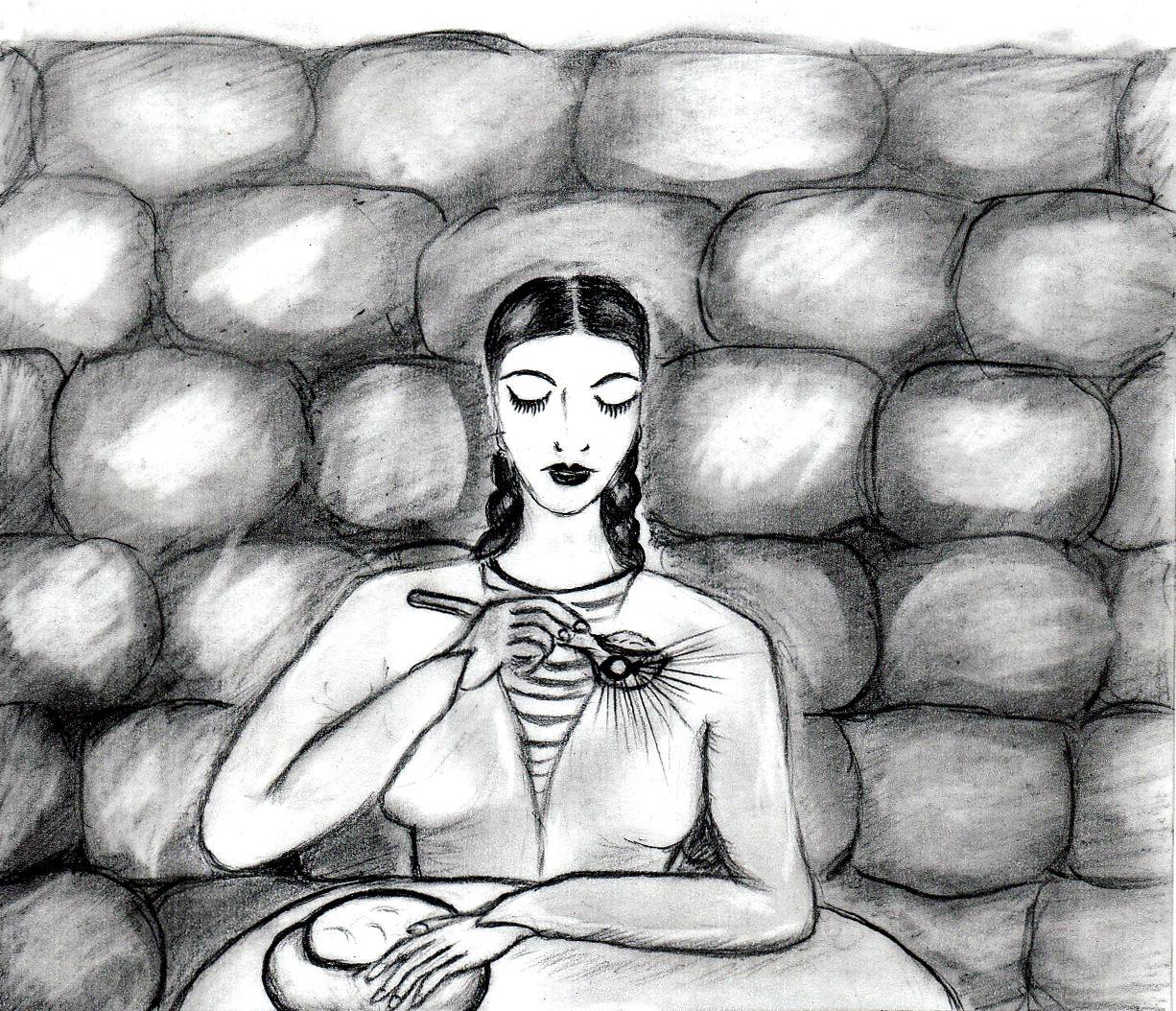
On seeing a sleeping beauty with divine features in the cave, the prince fell in love with Gunda and soon married her. Over time, Gunda bore and raised a son, who very closely resembled her brothers. One day, Gunda’s son went to the water-spring with his golden pitcher to fetch some water and there he met the Narts who, noticing how like them the boy was, questioned him and before long realised who he must be. The Narts were happy to find their long-lost sister, whom they had sought throughout the entire world. Having learned all the truth about their wives’ wickedness, the Narts cruelly punished them. According to the legend, the wives were tied to wild horses’ tails, and their corpses were dragged along and torn to pieces.
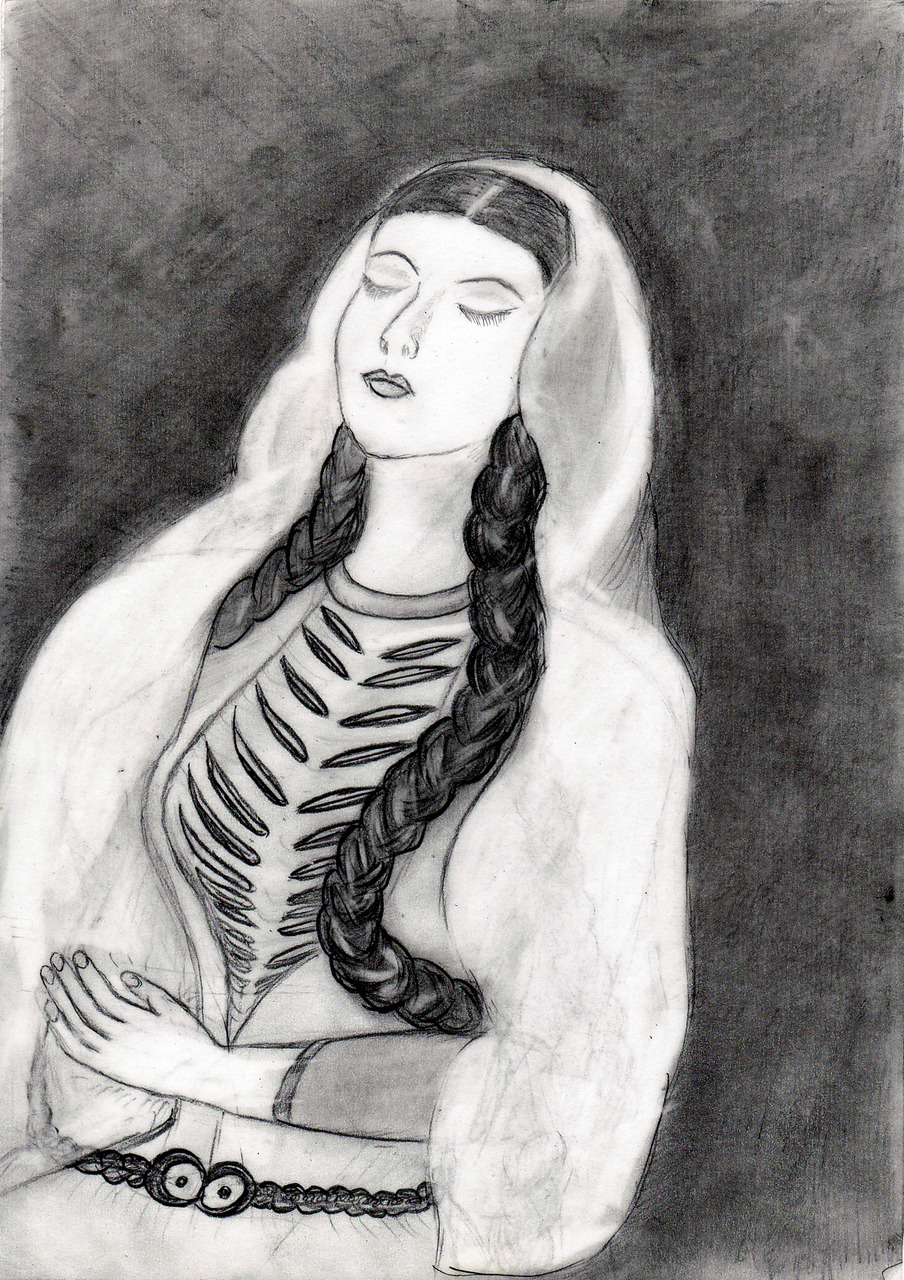
How Sasryqwa the Nart hero captured earth’s fire for the Narts
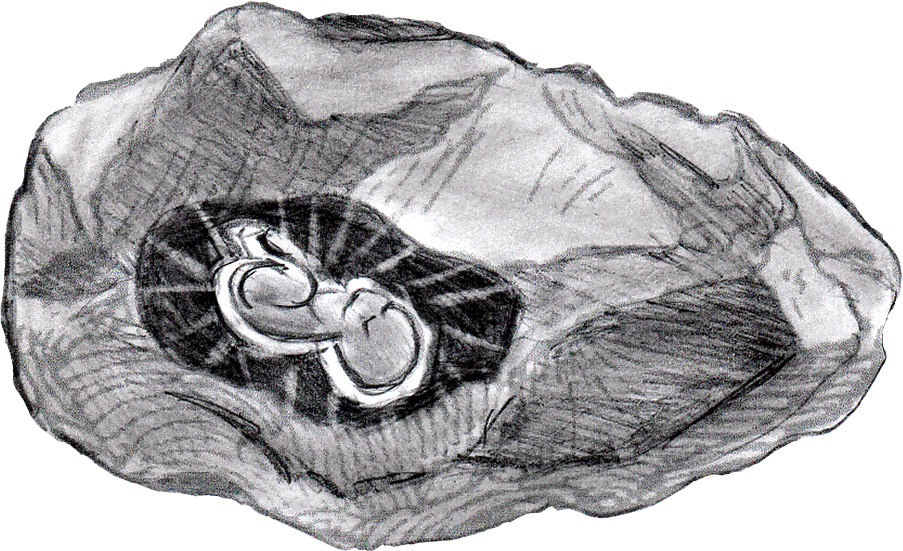
Sasryqwa the Nart hero was born supernaturally, being carved out of stone and tempered in a smithy. He sets out on many adventures; he tames a wild horse, conquers a voracious dragon in the Underworld Kingdom, and rescues people from misfortune. To warm up his frozen brothers, Sasryqwa twice acquired fire: on one occasion, he obtained heaven’s fire from the sky by shooting down a flaming star and at another time, Sasryqwa headed for the World’s edge, where, after fierce combat with a monster, he captured the earth’s actual fire for the Narts. However, his brothers referred to him as an illegitimate brother, envying his strength and fame, and, in the end, they caused him to perish.
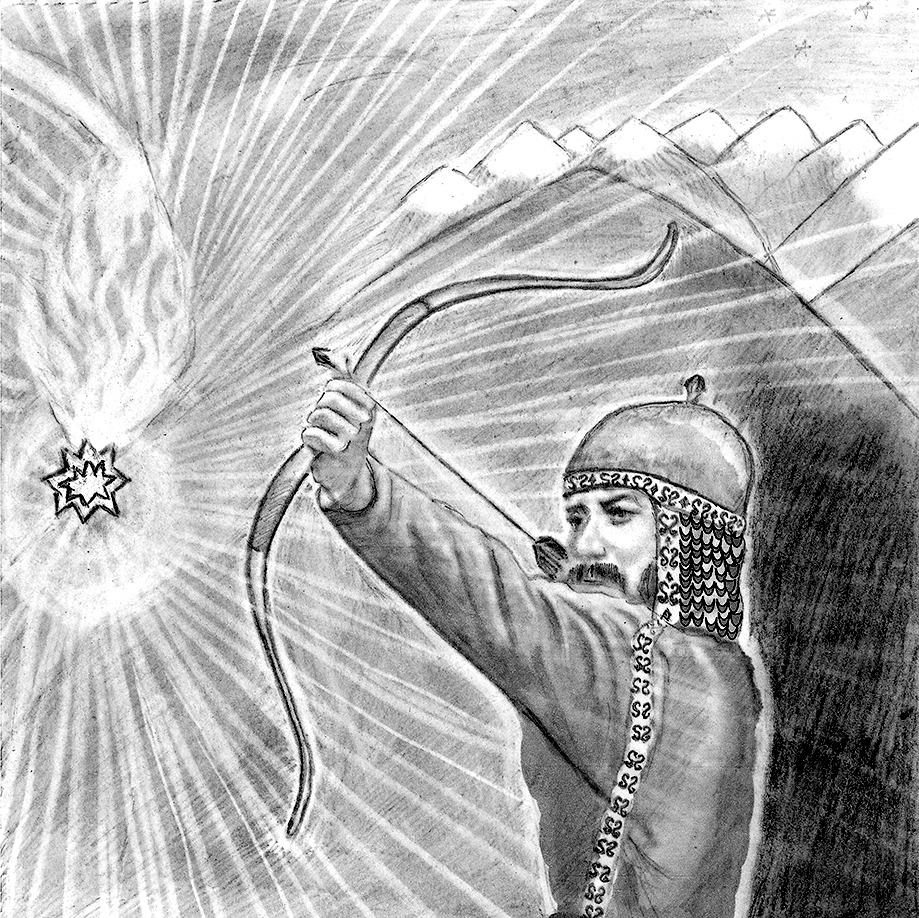
Бесплатный фрагмент закончился.
Купите книгу, чтобы продолжить чтение.